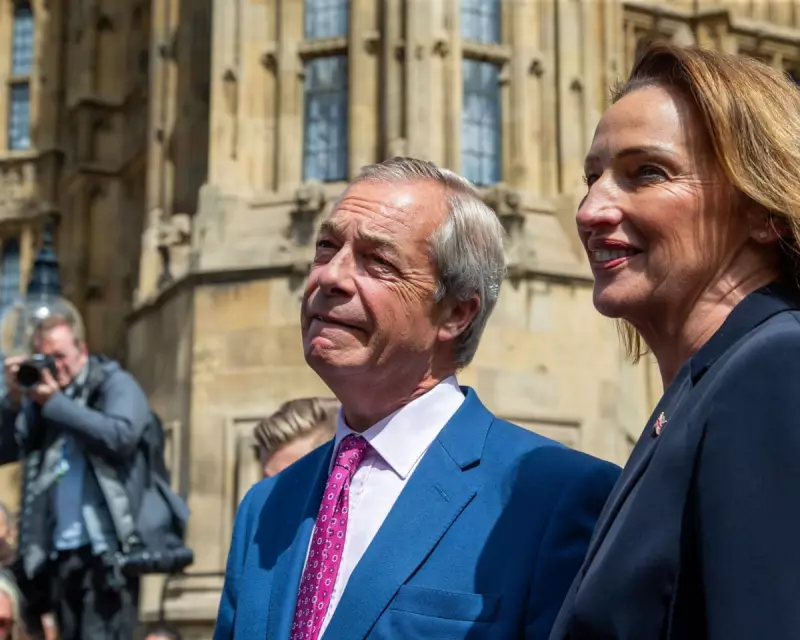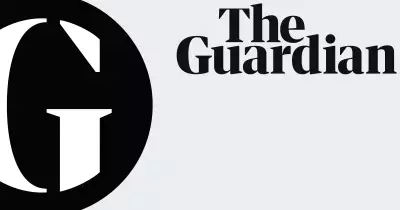
A seismic shift is underway in how Britain regulates racism in television advertising, moving beyond simple intent to examine unconscious bias and systemic discrimination. The change follows a pivotal legal case that has rewritten the rulebook for brands and broadcasters alike.
The Case That Changed Everything
The catalyst was a discrimination claim brought by media lawyer Samantha Owusu against Channel 4. Owusu, who is Black, argued that the broadcaster's "positive action" trainee scheme—designed to increase diversity—actually constituted racial discrimination by excluding white applicants from certain opportunities.
While an employment tribunal initially dismissed her claim, the case has sparked intense debate about how racism is defined and addressed in the advertising industry. The ruling emphasised that proving racial motivation remains crucial in discrimination cases, but it has simultaneously exposed the limitations of this narrow legal definition.
Beyond Conscious Intent
Legal experts note the paradox at the heart of the ruling. "The tribunal confirmed that to establish race discrimination, you need to show the treatment was because of race," explained one media lawyer. "Yet we know racism often operates through unconscious bias, where there's no conscious racial motivation."
This creates a challenging landscape for advertisers trying to navigate diversity initiatives while avoiding legal pitfalls. The case has left many wondering: how do you address systemic racism when the law requires proving conscious racial intent?
New Reporting Requirements for Broadcasters
Amid this legal uncertainty, broadcasters face new regulatory pressures. Ofcom has announced that from April 2026, major UK broadcasters must annually report on the diversity of their advertising production teams.
The requirements apply to:
- Channel 4 and Channel 5
- ITV and STV
- Sky and S4C
- The BBC
Broadcasters must collect and publish data covering ethnicity, gender, disability, and socioeconomic background across six key production roles.
The Industry Responds
Reaction within the advertising world has been mixed. Some welcome the transparency, while others question whether data collection alone can drive meaningful change.
"We're already collecting this data voluntarily," noted a spokesperson for the Advertising Association. "The challenge isn't measurement—it's creating genuine inclusion throughout the creative process."
Meanwhile, smaller production companies express concern about the administrative burden, particularly for freelancers who move frequently between projects.
Looking Forward
As the industry grapples with these changes, one thing is clear: the conversation about racism in advertising has moved beyond simple questions of intent to more complex discussions about systemic bias, representation, and measurable change.
The coming years will test whether increased transparency leads to genuine transformation in who creates the advertisements that shape British culture—and whether the legal framework can evolve to address the subtle forms of discrimination that data alone cannot capture.





